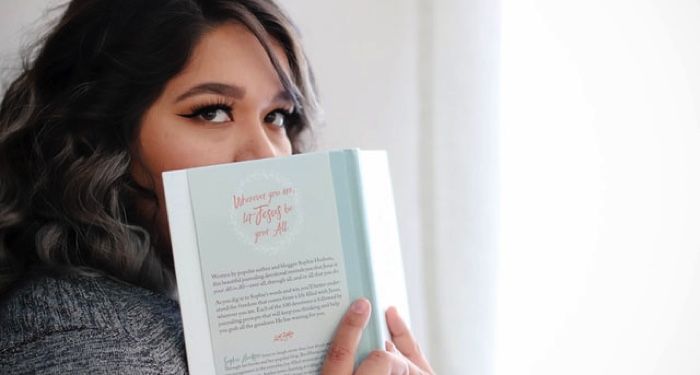No. Brian’s isolation, and as we see it is not total, stems from being a bit of an oddball of no fixed occupation in rural England. The itinerant handyman takes to his shed to invent stuff. Like a pinecone bag. That being a regular tote bag with a munch of pinecones affixed to it. Or an egg belt—a leather belt featuring a few pouches in which one puts eggs. Not invented by Brian as such but pointed out by the character to the invisible person operating the camera is his “cabbage bin,” which is a trash bin exclusively for cabbages. Used or new, he doesn’t say.
You get the idea about the whimsy, yes? A little later Brian shows off a “flying cuckoo clock” which catches fire rather than flies.
Soon Brian sets about creating a robot because he’s kind of awkward around real people. Using a washing machine for a torso and a mannequin head outfitted with some kind of sensor in the right eye socket, it’s an ungainly creature. Plus it won’t turn on, whatever rudimentary form of artificial intelligence Brian’s outfitted it with. But one night, the invention does come to life—during a thunderstorm, just like Frankenstein’s monster. Soon he is given the name Charles and showing off knowledge he acquires by reading dictionaries overnight. He becomes an expert on cabbages too. (Charles is performed by Chris Hayward, who co-wrote the picture with Earl; the characters originated in a short film from 2017.)
Brian’s philosophy is simple: “You can try things. You don’t succeed. You just gotta keep trying.” The cumbersome Charles, he admits, was something that aspired to be a “Victorian sponge cake” but instead came out “a blancmange.” That’s okay. Brian likes blancmange, and he likes Charles too. Eventually there’s a montage of them walking together, laughing together, having a pillow fight, and this montage is scored to the classic pop hit by the Turtles, “Happy Together.” It was at this point when I scrawled in my notebook “No. Just no.”







































































